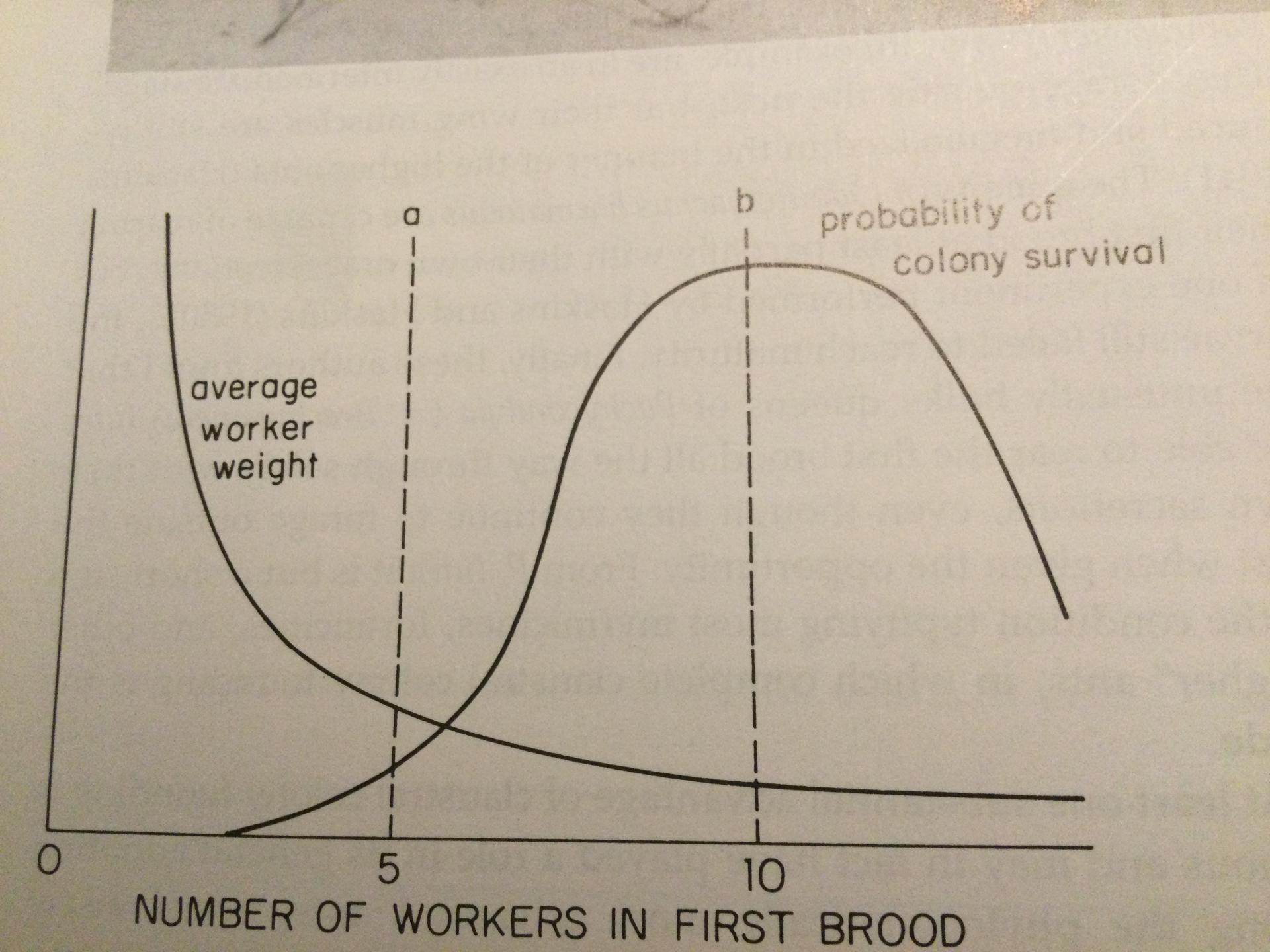Hello everyone! I've read this forum somewhat infrequently over the last few years, and 2 years ago I finally decided to get a colony of my own. I caught a pennsylvanicus queen, and she went into hibernation in her large test tube with 22 workers. But last week, I noticed some mold, and I did not think it would grow terribly fast in the cold, so I let them be but kept a close eye. Over the course of last week, ants began dying. They were still hibernating, so I did not want to disturb them, but more ants died, so I tried covering the mold with more cotton in an attempt to halt its progress, but it seemed undeterred. Now, I only have the queen and 2 workers, and I do not know what to do. I'm destraught that this happened, and any advice is welcome.
- Formiculture.com
- Forums
- Gallery
- Members
- Member Map
- Chat



















